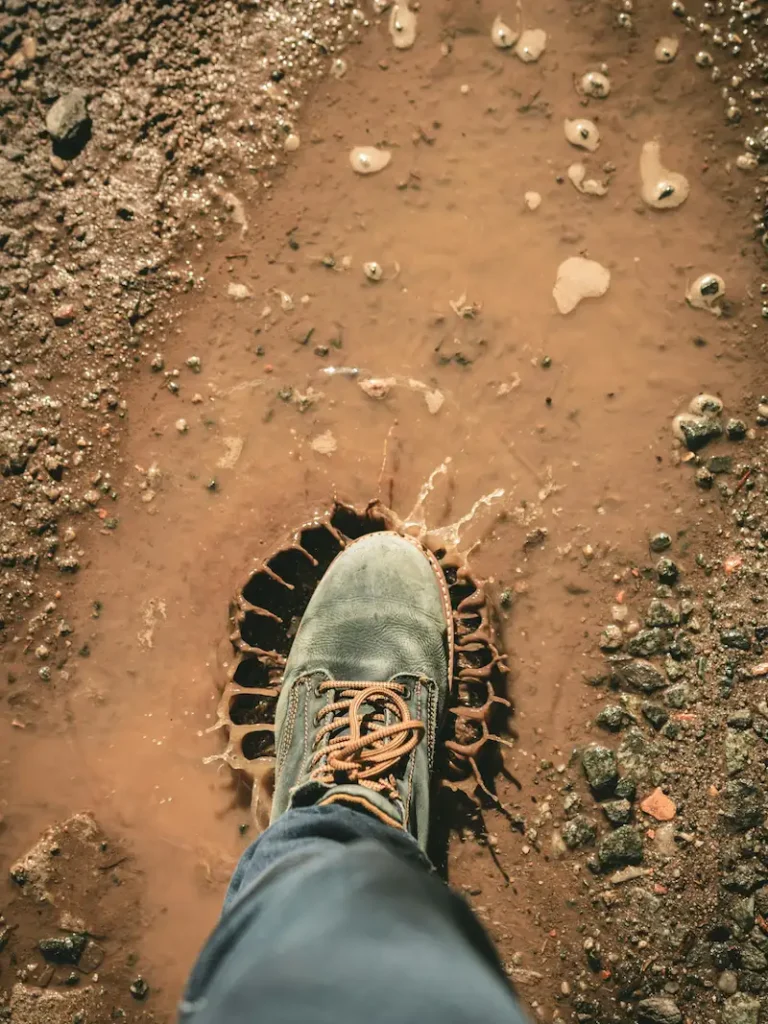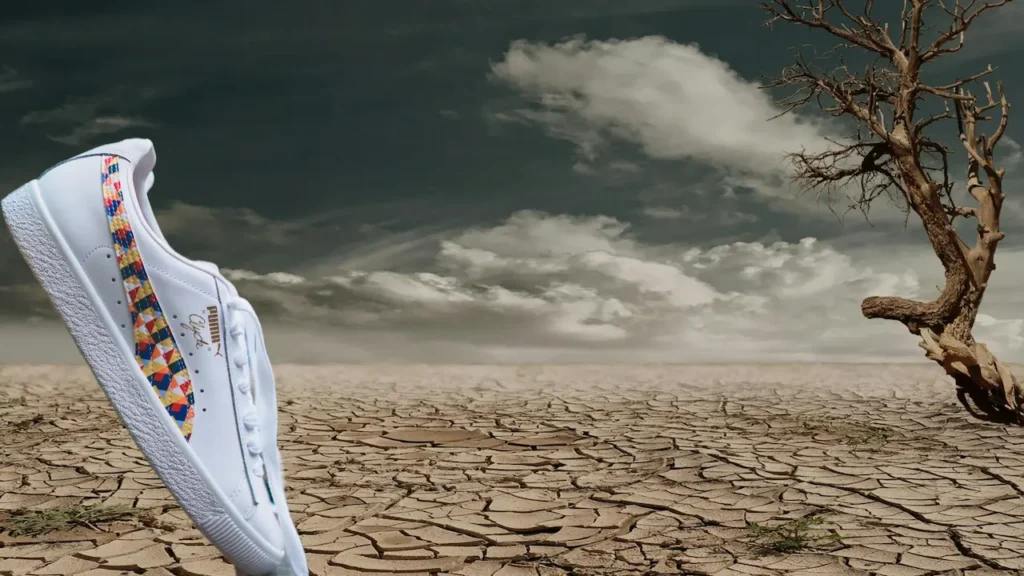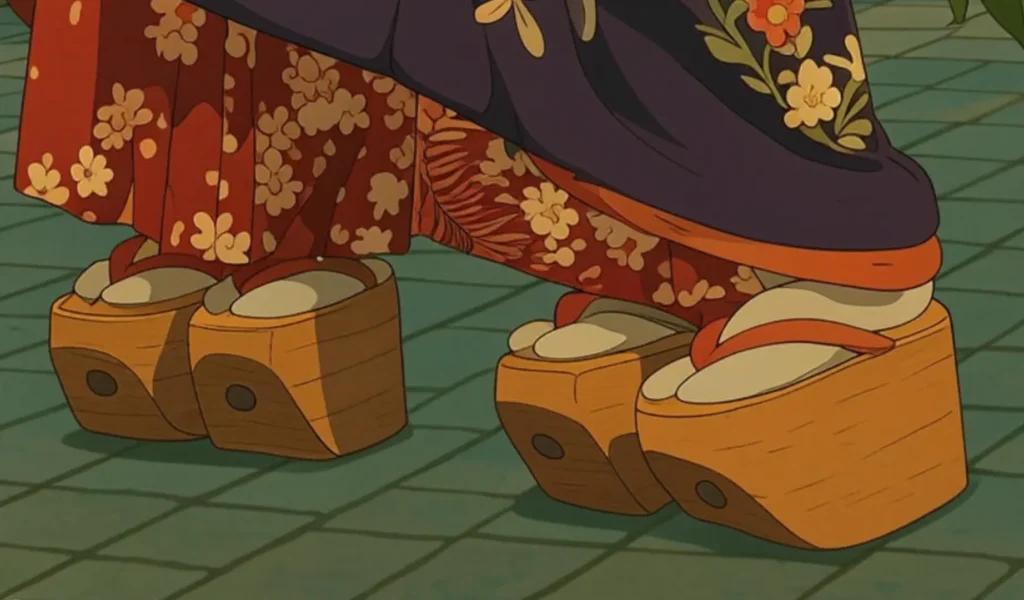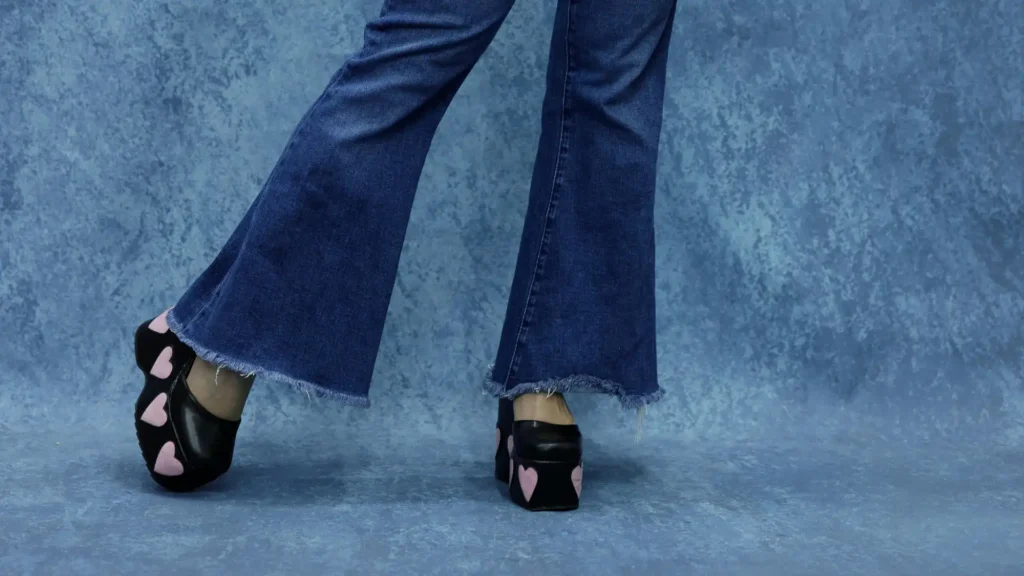Climate change is rewriting the rules for our closets. Rising global temperatures, and unpredictable weather swings are forcing industries to adapt. Footwear designs are aligning with this shift.
Once a predictable cycle of spring sandals, summer sneakers, fall loafers, and winter boots, seasonal shoe collections are morphing into something fluid and resilient. Designers, brands, and consumers are navigating this new terrain together. They are blending fashion with function to meet the demands of a wilder world. Here’s a closer look at how climate change is reshaping what we wear on our feet—and why it matters.
How Climate Crisis Affect Shoe Fashion
The climate crisis is stomping all over traditional shoe fashion. They are forcing designers to rethink seasonal staples as weather patterns go haywire.
Warmer winters and shorter cold spells mean the days of bulky, fur-lined boots dominating the scene are fading. Shoes are pivoting to lighter, versatile options. Imagine sleek ankle boots with waterproof finishes and sneakers that double as rain-ready steppers.
Sorel and Adidas are blending style with practicality. They are crafting hybrid designs that look sharp but can handle a milder winter. The result? A fashion landscape where adaptability trumps the old seasonal playbook.
Beyond temperature shifts, the climate crisis is unleashing unpredictable extremes. Floods one week, heatwaves the next—that demand shoes do more than just look good. Fashion is responding with all-weather flair: sandals with grippy soles for sudden downpours, and breathable loafers tough enough for scorching streets.
Prada are pairing minimalist aesthetics with durable, water-resistant materials. Sustainability is also strutting into the spotlight—consumers want eco-chic. Veja and Allbirds are turning recycled plastics and plant-based fabrics into must-have kicks.
Shoe fashion isn’t just following trends anymore; it’s chasing survival.
The climate crisis is also shifting how we shop for shoes. With seasons blurring, people are ditching one-trick ponies for multi-tasking pairs that last year-round.
Retail stats show “weather-ready” styles soaring in popularity, while social media flaunts influencers rocking the same boots from spring showers to fall chill.
This isn’t just a practical pivot; it’s a cultural one. Shoes are becoming symbols of resilience. It is reflecting a world where looking good means being ready for anything the climate throws our way.
Warmer Winters: From Heavy Boots to Hybrid Heroes
The science is clear: winters are warming. Earth’s temperature has risen by an average of 0.11° Fahrenheit (0.06° Celsius) per decade since 1850. The rate of warming since 1982 is more than three times as fast: 0.36° F (0.20° C) per decade.
In North America and Europe, milder winters mean fewer days below freezing, less snow, and shorter cold snaps. For shoe designers, this spells the end of an era for the ultra-insulated, fur-lined snow boot as a seasonal must-have.
Instead, we’re seeing a surge in hybrid footwear that bridges the gap between warmth and versatility. Take Columbia’s OutDry Extreme. These boots combine waterproof shells with lightweight, breathable interiors. They are perfect for a winter day that starts with drizzle and ends in sunshine.
Similarly, UGG are slimming down their iconic shearling boots. They are offering mid-calf or ankle versions with moisture-wicking linings to suit milder climates.
The focus is on adaptability—modular designs with removable layers are becoming standard. This allows wearers to tweak their shoes as the mercury fluctuates. The heavy-duty, knee-high snow boot still has its place. But it’s increasingly a specialty item for alpine adventurers rather than a suburban staple.
Erratic Weather: The Rise of All-Season Footwear

If warmer winters are one side of the coin, erratic weather is the other. Unseasonal heatwaves, sudden floods, and prolonged droughts are becoming frequent and intense. Spring might bring torrential rain one day and blazing sun the next; autumn can feel like summer until a freak storm rolls in.
For footwear, this chaos is erasing the boundaries between seasons.
Enter the all-season shoe. Designers are blending features once siloed by season to create footwear that can handle anything.
Nike’s Pegasus Trail series, for instance, pairs a rugged trail-running sole with a waterproof upper. This is designed for handling muddy paths and urban puddles.
Teva’s Hurricane XLT2 sandal takes a different tack. It offers a grippy sole and quick-drying straps that transition from summer hikes to rainy commutes.
High fashion is getting in on the act. Balenciaga’s chunky Track Sandals merge sneaker cushioning with an open-toe design to defy seasonal norms.
These hybrids reflect a broader shift: rather than releasing rigid fall or summer lines. Brands are prioritizing flexibility, and crafting shoes that evolve with the weather rather than dictate it.
A Step Toward a Greener Footprint
Climate change isn’t just about temperature—it’s about accountability. The footwear industry, historically a heavyweight in waste and emissions, is under scrutiny.
Producing a single pair of sneakers can generate up to 13 kilograms of CO2, and billions of shoes end up in landfills annually. As consumers demand eco-friendly shoes, sustainability is becoming a cornerstone of seasonal design.
Fast fashion’s churn of cheap, disposable footwear is losing its shine. Instead, brands are doubling down on durable, timeless designs that don’t need replacing every season.
Veja’s vegan sneakers, made from recycled bottles and wild rubber, have become a poster child for this movement. Allbirds takes it further with its carbon-negative Tree Runner. These shoes are crafted from eucalyptus fibers and sugarcane soles.
Gucci’s Off The Grid collection uses recycled nylon for its boots, while Stella McCartney reimagines classic loafers with mushroom leather.
Seasonal collections are shrinking as designers focus on quality over quantity. They are creating shoes that transcend trends and last through years of shifting climates.
Extreme Conditions: Innovation for a New Normal
While some regions warm, others face amplified extremes. Coastal cities brace for frequent flooding; desert zones endure longer heatwaves.
These localized challenges are inspiring hyper-specific footwear innovations. In flood-prone areas, waterproofing is non-negotiable. Merrell’s Moab Speed boots feature elevated soles and sealed seams to keep water out, while Adidas’ Terrex line uses quick-drying fabrics to minimize soggy discomfort.
Meanwhile, in scorching climates, breathability reigns supreme. Chaco’s Z/Cloud sandals incorporate heat-resistant straps and ventilated footbeds to combat blistering pavement.
These advancements highlight a growing trend: shoes are becoming climate-specific.
Rather than a one-size-fits-all approach, designers are tailoring footwear to regional realities.
In Japan, where typhoons are intensifying, Asics are testing slip-resistant soles for wet streets. In Australia’s drought-stricken outback, rugged boots with dust-repellent coatings are gaining popularity.
This shift mirrors how climate change itself varies—global in scope, but local in impact.
The Consumer Pivot
Consumers are the heartbeat of this transformation. As seasons blur, people are rethinking their buying habits.
Why splurge on fur-lined slippers for a winter that barely dips below 50°F? Shoppers want value. They want shoes that can handle a rainy commute, a sunny lunch break, and a chilly evening without missing a step.
This shift is reshaping brand strategies too. Marketing campaigns are ditching seasonal buzzwords for terms like “climate-proof.” Social media amplifies the trend. Influencers showcase how a single pair of versatile kicks can style outfits from June to January.
The message is clear: in a world where the forecast is anyone’s guess, practicality trumps tradition.
Beyond function, footwear is becoming a cultural marker of climate awareness. Just as bell-bottoms defined the 1970s and sneakers ruled the 1990s, today’s shoes reflect our collective reckoning with the planet.
Rothy’s, which turns plastic bottles into sleek flats, are status symbols for the eco-conscious. Meanwhile, rugged, utilitarian designs—like Salomon’s trail runners—signal readiness for an unpredictable world.
Shoes have always mirrored society’s priorities. In the age of climate change, they’re less about peacocking and more about survival.
What’s next? The future of seasonal shoe design may abandon seasons altogether. Innovations on the horizon promise footwear that adapts in real time.
3D-printed sneakers are customizable via an app to match your local forecast. Smart fabrics can tighten insulation when it’s cold and loosen when it’s warm.
Vivobarefoot are exploring biodegradable shoes that decompose naturally, closing the loop on waste. While these ideas are still in their infancy, they hint at a radical reimagining of footwear as a dynamic partner in a changing climate.
Climate change is more than a backdrop—it’s a catalyst. It is pushing shoe design into uncharted territory. From lighter winter boots to all-season hybrids, sustainable materials to extreme-weather innovations, the industry is responding with creativity and grit.
For consumers, it’s a chance to rethink what we demand from our shoes: not just style, but resilience, longevity, and a lighter tread on the Earth. The next time you lace up, you’re not just walking through your day—you’re stepping into a world where every sole tells a story of adaptation.




